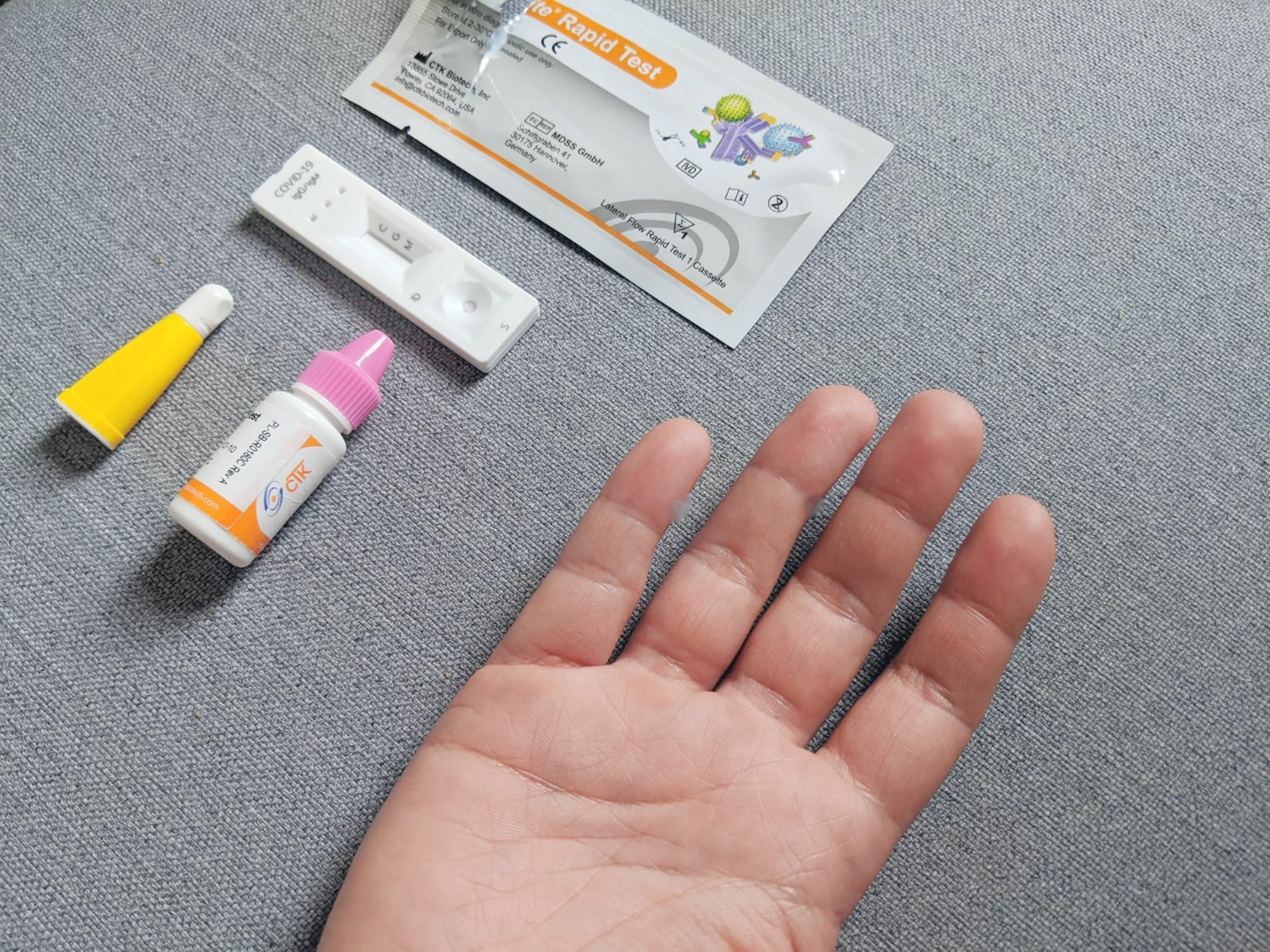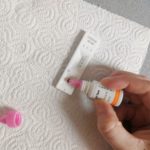Guest post by Valerie Lynch, CEO and technology consultant at AND Technology Research
Testing for COVID-19 can provide reassurance, even if the result is positive, research by AND Technology Research (ANDtr) has found.
User perception and acceptance is vital to the success of new products, but often overlooked in the rush to prove the technology features.
ANDtr trialled the onsite COVID-19 test kits, manufactured by CTK Biotech, with the aim of answering three key questions:
1. What information, if any, could the results of the screening convey to a household and individual?
2. How easy and practical and useful is it to undertake the testing in the workplace?
3. How usable are the kits by non-professionals?
The testing was performed on unpaid volunteers that had reported symptoms over the previous 4 months, or a family member had symptoms and provided a rapid result in 15 minutes in the form of a coloured line appearing

Reaction to the results
Interestingly, those who suspected they might have had COVID-19 and tested positive for antibodies had their suspicious confirmed and gave a positive emotional response to the news.
For two in particular the positive diagnosis enabled them to decide on family support options and also to seek advice on their health.
For those who thought they might have had the disease and tested negative, the response was less positive. They were left wondering what they had experienced and felt that an earlier diagnosis would have helped them to seek advice, for example for a bacterial infection.
This suggests that the resolving uncertainty was a significant benefit of testing.
Usability
The ANDtr team created a protocol for testing and found organising and overseeing the testing was not an onerous task. However, an inhouse team not used to disposing of medical waste might find implementing a testing regime in a workplace more difficult. This was fed back to the developers and also the report was submitted to the Parliamentary Office of Science and Technology as part its evidence collection on the use of testing.
The information obtained from the testing was useful to the company, none of the ANDtr team tested positive so it is unlikely that any members of staff have immunity to the disease.
Importance of usability testing
Understanding how users will interact with your product is fundamental to the design process. It often gets deprioritised due to time, budget, or resource constraints. Usability ends up falling to the bottom of the list and if this stage is skipped then it can lead to more money and time being wasted.
Usability testing is paramount for creating market-ready products. It needs to be factored in early on in the design. Otherwise there is no way of quantifying the product from the users’ perspective or validating whether it is fit for purpose.
Usability testing
Usability testing enables you to evaluate your product with real users. Often this is conducted by a third-party organisation who are able to objectively assess your product according to the requirements and claims made. Third-party testers can then facilitate real user testing as well as undertaking independent testing of the product. This ensures that the products created are human-centric and take into account the many different use cases.
In its most simplified state, user testing is about testing and quantifying how someone uses your product and more often than not this is usually quite different to how you think they should interact with your product.

By conducting user testing early on in the product development cycle organisations can:
Save time – Detect usability issues early on and invest your time fixing the right issues. The longer you wait to fix any problems, then the longer it will take you to unpick and pinpoint the problem.
Save money – Any underlying problems with your product that go unnoticed can be costly later down the line. Rewriting code and redesigning layouts is expensive, especially if you have to start again. Fixing a problem before the product is completed and launched is almost always cheaper than discovering once it is out in the marketplace.
Improve customer satisfaction – Products that take into account the user experience is shown to improve customer satisfaction. Take the time to think about your product from the user perspective, this is likely to have a positive impact on your bottom-line and reputation.
Connect with Valerie on LinkedIn here
Find her on Twitter at @dr_val_lynch

